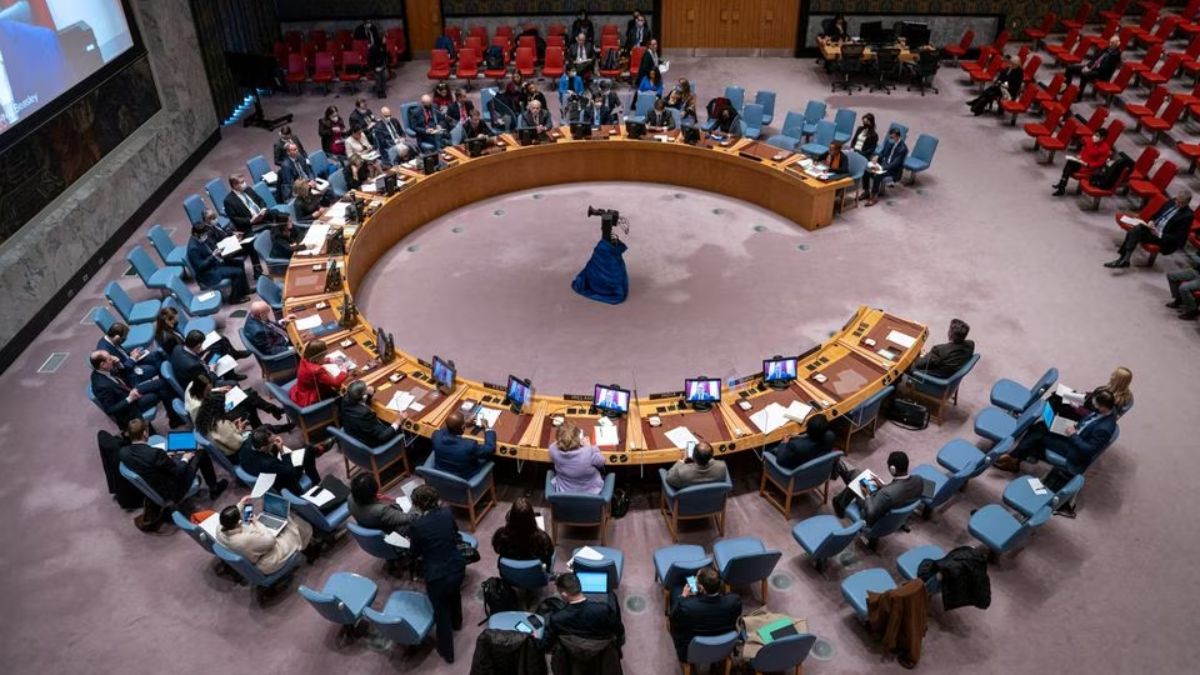
4.3 Veto Power
Veto is of the following four types :-
Absolute Veto, that is withholding the assent to the bill.
Qualified Veto, which can be overridden by the Legislature with a higher majority.
Suspensive Veto, which can be overridden by the Legislature with an ordinary majority.
Pocket Veto, that is, delay in giving assent to the bill.
The veto power enjoyed by the President of India is a Combination of the Absolute, Suspensive and Pocket vetoes. When a bill passed by the State Legislature is reserved by the Governor for Consideration of the President, the President can 1. Give his assent to the bill, or 2. Withhold its assent to bill, or 3. Direct the Governor to return the bill for reconsideration of the state Legislature.
Discretionary Powers :- The President of India almost always at on the aid and advise of the council of Ministers except under the following circumstances where he acts on his discretion:
In appointing a Prime Minister from among the contenders when no single party attains the majority after elections to the Lok Sabha.
A council of Ministers is voted out and after resigning advises the President to dissolve the Lok Sabha and Hold fresh elections (or resigns and advises so without being voted out).
While exercising the Pocket Veto.
Disqualifying members of the legislature when the Council's advice is not taken.
Can return the advice of the Council of Ministers once for its reconsideration.
The salary of the President has been increased from the current 1.5 lakh a month to 5 lakh a month. The Vice-President's salary will increase to Rs 4 lakh a month from the existing Rs 1.10 lakh a month.
